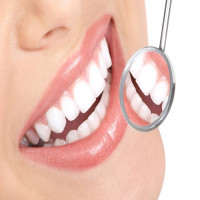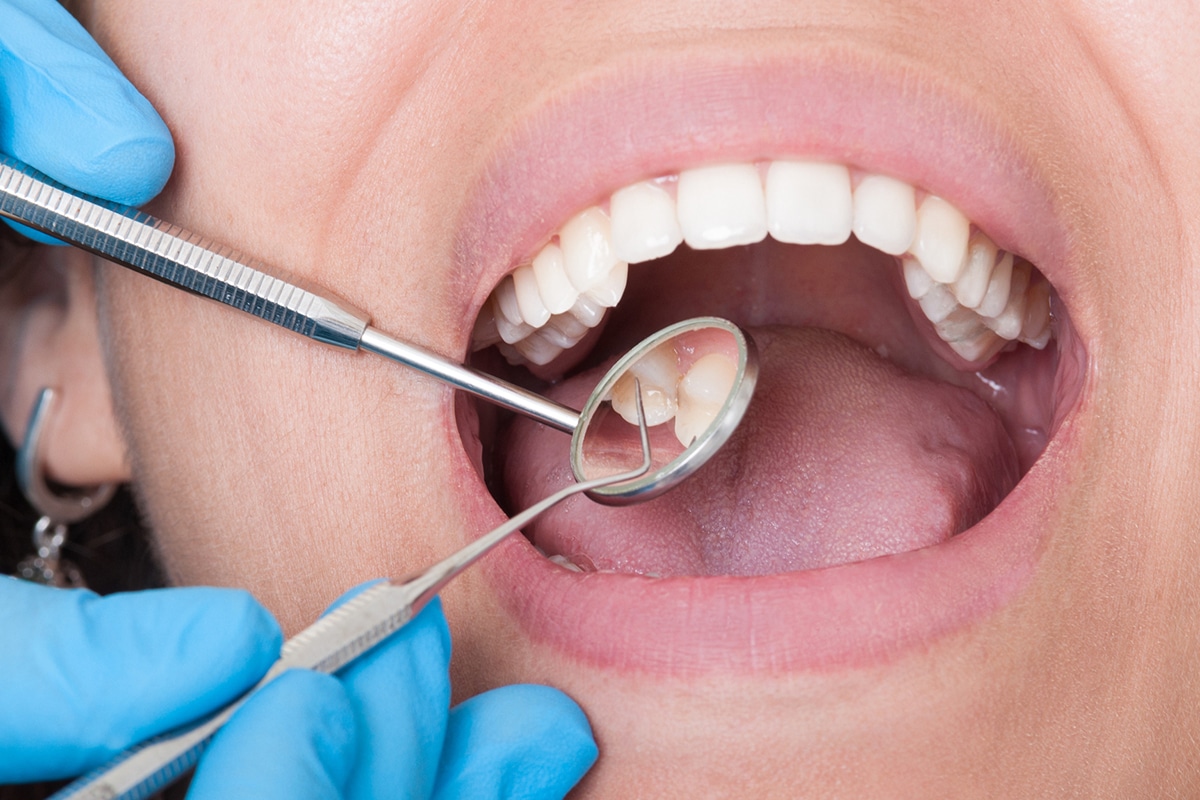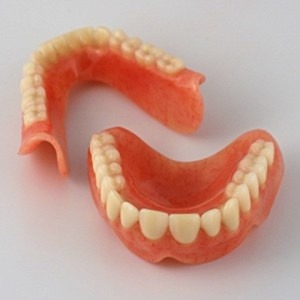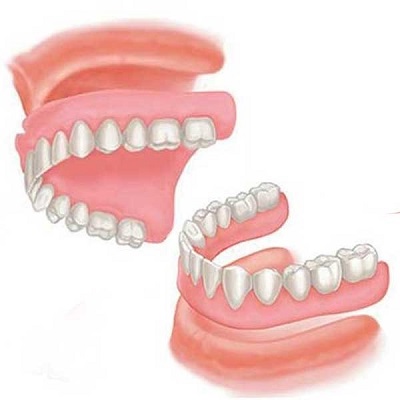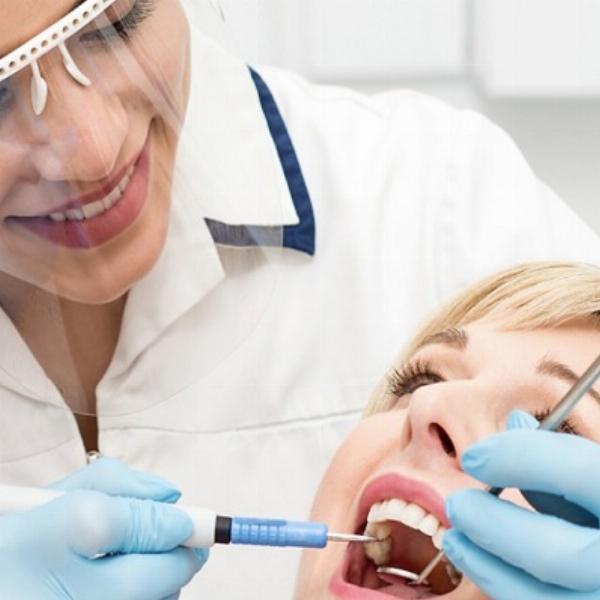Common Complications After Tooth Extraction and How to Avoid Them in Dubai

Strong 8k brings an ultra-HD IPTV experience to your living room and your pocket.
Tooth extraction is a routine dental procedure that can relieve pain, prevent infection, or make room for orthodontic treatment. Despite its commonality, there are potential complications that can arise during the recovery period. Understanding these complications and how to avoid them is crucial for a smooth healing process. Best Tooth Removal Clinic in Dubai, where dental care is advanced and highly specialized, this guide provides insights into common complications after tooth extraction and practical tips on how to prevent them.
1. Dry Socket (Alveolar Osteitis)
1.1 What is Dry Socket?
Dry socket occurs when the blood clot that forms at the extraction site becomes dislodged or dissolves prematurely, exposing the underlying bone and nerves. This condition can cause severe pain, bad breath, and an unpleasant taste in the mouth.
1.2 How to Prevent Dry Socket
Avoid Dislodging the Clot: For the first 24-48 hours, avoid sucking through a straw, smoking, or spitting vigorously, as these actions can dislodge the blood clot.
Follow Aftercare Instructions: Adhere to your dentist’s post-operative care instructions, including avoiding hard, sticky, or crunchy foods.
Avoid Excessive Physical Activity: Limit strenuous activities that might increase blood pressure and disrupt the clot formation.
1.3 Treatment for Dry Socket
If you experience symptoms of dry socket, contact your dentist. Treatment may involve cleaning the socket, placing a medicated dressing, and prescribing pain relief.
2. Infection
2.1 Signs of Infection
Infection at the extraction site can manifest as persistent pain, swelling, redness, fever, and an unpleasant odor. An infection can occur if bacteria enter the wound due to poor oral hygiene or contamination.
2.2 How to Prevent Infection
Maintain Oral Hygiene: Gently brush your teeth and rinse your mouth with an antibacterial mouthwash as recommended by your dentist. Avoid brushing the extraction site directly for the first few days.
Follow Dietary Guidelines: Stick to soft foods and avoid those that may introduce bacteria into the wound.
Take Prescribed Medications: If your dentist prescribes antibiotics, take them as directed to prevent infection.
2.3 Treatment for Infection
If you suspect an infection, consult your dentist immediately. They may clean the extraction site, prescribe antibiotics, and recommend additional care measures.
3. Excessive Bleeding
3.1 Causes of Excessive Bleeding
While some bleeding is normal after extraction, excessive bleeding can occur due to various factors, including blood clotting disorders, overexertion, or disruption of the blood clot.
3.2 How to Prevent Excessive Bleeding
Apply Pressure: Bite down gently on gauze placed over the extraction site to control bleeding.
Avoid Certain Activities: Refrain from strenuous activities and avoid bending over or lifting heavy objects, which can increase bleeding.
Use Ice Packs: Apply an ice pack to the outside of your face to reduce swelling and bleeding.
3.3 Treatment for Excessive Bleeding
If bleeding continues beyond the initial hours, contact your dentist. They may need to reapply gauze, evaluate the extraction site, and provide additional treatment.
4. Swelling and Bruising
4.1 Normal Swelling
Swelling and bruising around the extraction site are common and usually peak within 48 hours. These symptoms are part of the body’s natural healing process.
4.2 How to Manage Swelling
Apply Ice: Use an ice pack on your face for the first 24 hours to reduce swelling.
Keep Your Head Elevated: Sleep with your head elevated to minimize swelling.
Take Anti-Inflammatory Medications: Over-the-counter medications like ibuprofen can help manage pain and reduce inflammation.
4.3 When to Seek Help
If swelling worsens or persists beyond a few days, or if you experience severe pain, contact your dentist. These could be signs of a complication requiring medical attention.
5. Numbness
5.1 Causes of Numbness
Numbness in the lip, tongue, or chin can occur if the extraction involves nearby nerves. While temporary numbness is not uncommon, persistent numbness may indicate nerve damage.
5.2 How to Minimize Risk
Choose a Skilled Dentist: Ensure you have an experienced dentist performing the extraction to minimize the risk of nerve damage.
Follow Post-Operative Instructions: Adhere to all aftercare guidelines to support proper healing.
5.3 Addressing Persistent Numbness
If numbness persists beyond the expected recovery period, consult your dentist. They may evaluate nerve function and discuss potential treatments or referrals.
6. Bone Fracture
6.1 What is a Bone Fracture?
In rare cases, the bone surrounding the extraction site may fracture, especially if the tooth was deeply rooted or the extraction was complex.
6.2 How to Prevent Bone Fracture
Ensure Proper Technique: A skilled dentist will use appropriate techniques to minimize the risk of bone damage.
Follow Care Guidelines: Adhere to post-extraction care instructions to ensure proper healing.
6.3 Treatment for Bone Fracture
If a bone fracture occurs, your dentist may need to perform additional procedures to support bone healing and ensure successful recovery.
FAQs
1. How long does the recovery period typically last after a tooth extraction?
The initial healing period usually lasts about one to two weeks, during which time you should experience a reduction in swelling and pain. Complete bone healing can take several months, especially if a tooth was removed due to severe infection or trauma.
2. What can I do to minimize swelling after tooth extraction?
Apply an ice pack to the outside of your face for the first 24 hours, keep your head elevated while resting, and take anti-inflammatory medications as recommended. Avoiding hot foods and drinks can also help reduce swelling.
3. How can I prevent dry socket after tooth extraction?
To prevent dry socket, avoid smoking, drinking through a straw, and spitting forcefully for the first 24-48 hours. Follow your dentist’s aftercare instructions carefully to ensure proper clot formation and healing.
4. When should I contact my dentist after a tooth extraction?
Contact your dentist if you experience excessive bleeding that doesn’t subside, persistent pain, signs of infection (such as fever or increased swelling), or any other concerning symptoms. Early intervention can help address complications and support a smoother recovery.
5. Is it normal to have some pain after the extraction, and how long will it last?
Some pain and discomfort are normal after a tooth extraction, typically peaking within the first 24-48 hours. Pain should gradually diminish over the following days. If pain persists or worsens, consult your dentist for further evaluation.
6. Can I continue with my normal oral hygiene routine after tooth extraction?
You should avoid brushing and flossing around the extraction site for the first 24-48 hours. After this period, resume gentle oral hygiene practices, being cautious around the extraction area to avoid disrupting the healing process.
7. How can I avoid complications related to infection after tooth extraction?
To prevent infection, maintain good oral hygiene, avoid introducing bacteria into the wound with unclean hands or utensils, and follow your dentist’s recommendations regarding post-operative care and medication use.
8. What should I do if I notice a persistent bad taste or odor coming from the extraction site?
A persistent bad taste or odor may indicate an infection or dry socket. Contact your dentist for an evaluation and appropriate treatment to address the issue.
9. Are there any specific dietary restrictions I should follow after tooth extraction?
Stick to soft foods and avoid hot, spicy, or crunchy items for the first few days after the extraction. This helps prevent irritation and reduces the risk of dislodging the blood clot.
Conclusion
Tooth extraction is a common and generally safe procedure, but complications can arise during the recovery period. By understanding these potential issues and following preventive measures, Dubai patients can ensure a smoother healing process and avoid common complications. Adhering to post-operative care instructions and maintaining good oral hygiene are key to a successful recovery. If any concerning symptoms arise, promptly contacting your dentist will help address issues and support optimal healing.
Note: IndiBlogHub features both user-submitted and editorial content. We do not verify third-party contributions. Read our Disclaimer and Privacy Policyfor details.

